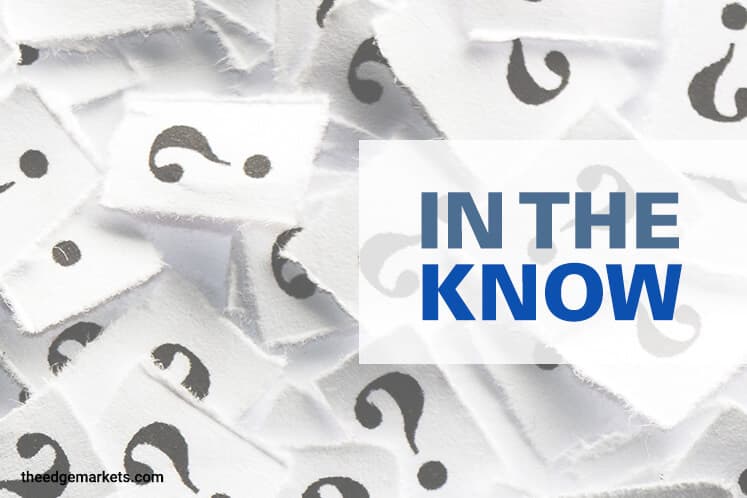
This article first appeared in Personal Wealth, The Edge Malaysia Weekly on December 11, 2017 - December 17, 2017
While machine learning is not new technology, it is not widely used as it is considered expensive and exclusive. Today, the technology is being democratised and used to analyse big data to benefit a variety of industries and areas, including investing.
What is machine learning?
Machine learning is a method of data analysis that uses algorithms to find hidden insights without being explicitly programmed where to look. With machine learning, the computer independently recognises patterns and adapts by learning from previous computations to produce reliable, repeatable decisions and results.
What is big data?
Big data is volumes of data that is too great to process using traditional methods. Today, valuable data accumulates at tremendous speeds, with increasing velocity and complexity. It comes in all types of formats, from structured, numeric data in traditional databases to unstructured text documents, email, video, audio, stock ticker data and financial transactions.
Uses in the investment landscape
While many machine learning algorithms have been around for a long time, the ability to automatically apply complex mathematical calculations to big data — over and over and faster and faster — is a recent development. The most prominent use of machine learning and big data is online recommendation offers, which is done by measuring the amount of interest users have in a certain topic or product.
In the investment landscape, these technologies are widely used to offer robo-advisory services, helping users to decide how much money should be used for investments and where to put it. Financial technology (fintech) players use the data generated from users’ savings and expenses to recommend financial products such as credit cards and loans.
Meanwhile, asset managers see these technologies as opportunities, using predictive analytics to generate investment ideas or as an early warning system for assets at risk, as well as a means to reduce operating costs. According to the Informing Investment Decisions Using Machine Learning & Artificial Intelligence report published by JP Morgan Chase in October, there are three sophisticated data analysis techniques leveraging machine learning and data analytics that can be used by managers to design trading strategies — supervised learning, unsupervised learning and deep learning.
Supervised learning is akin to a young student learning from a teacher. It is the use of historical data points as training samples to infer a rule or equation capable of predicting future outcomes. JP Morgan says an example of this is an algorithm that evaluates the best momentum signal in trading (derived from financial market performance over recent periods) to predict future market performance.
Meanwhile, unsupervised learning enables machines to put data into different groups without providing the machines with any information beforehand about the data. For example, an algorithm that can determine points in time when the market was driven by factors such as energy prices, the volatility of the US dollar and liquidity.
Deep learning is a new aspect of machine learning that mimics the human brain. It analyses data by learning simple concepts then combining them to formulate more complex concepts. An example of this is artificial intelligence, which is capable of efficiently executing a given trade order with minimal market impact.
Save by subscribing to us for your print and/or digital copy.
P/S: The Edge is also available on Apple's AppStore and Androids' Google Play.